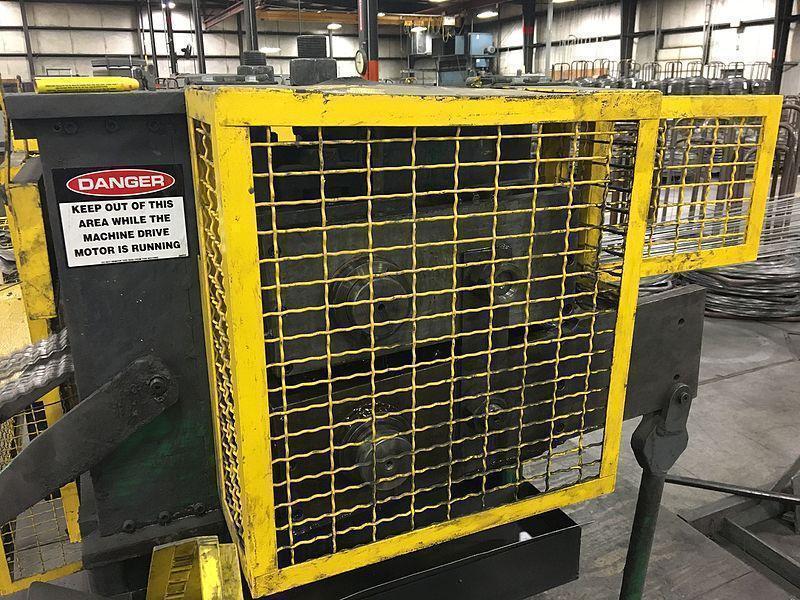Introduction
The hum of the machinery, a symphony of gears grinding against one another, an orchestra of metal and oil. But amidst the beauty of industry, there is a danger lurking. A threat to the men and women who make their livelihood among the whirring cogs and spinning wheels.
And thus, we have machine guarding. We use barriers, devices, or systems to protect ourselves from the hazards that come with the machinery we’ve built to better our lives. These hazards are created by moving parts such as gears and pulleys, by the very energy that runs the machines, electrical and mechanical, pneumatic and hydraulic.
Every employer must ensure the safety of their workers. To provide them with barriers against injury, to shield them from the dangers of industry. The Occupational Safety and Health Administration, OSHA, has set forth regulations for such machine guarding, and it is the employer’s burden to see them upheld.
Regular inspections must be conducted; guards must be in place and functioning properly. Workers must be trained in the proper use and maintenance of the machinery and the guards that protect them.
Working with machines can be helpful, but it can also be dangerous if you don’t know what you’re doing. That’s why we use something called machine guards to keep people safe while they’re working. These guards protect people from the dangerous parts of machines, like the moving parts and the energy that runs them.
The Different Types of Machine Guards
Type 1: Fixed guards These guards stay in one place and can’t be moved. They protect people from dangerous parts of the machine that don’t move around.
Type 2: Interlocking guards These guards are attached to the machine and only work when the machine is not running. It stops the machine from working when the guard is open, keeping people safe.
Type 3: Adjustable guards These guards can be moved or changed to fit different parts of the machine. They protect people from different hazards depending on the job that needs to be done.
Type 4: Self-adjusting guards These guards automatically adjust to the different parts of the machine that need protection, keeping people safe.
General Safety Precautions
It’s also important to consider general safety precautions when working with machines. Before you start working with a machine, you must ensure that all the tools and guards are in good working order. You should also follow all proper lock-out/tag-out procedures when necessary. When setting up a machine, adjusting a machine, clearing jams, and cleaning or lubricating parts, you should always use the proper procedures to keep yourself safe.
Another important thing to remember is never to remove guards while operating a machine. This is dangerous and can cause serious injuries.
Conclusion
Machine guards are really important because they keep people safe while they’re working with machines. It’s important to know the different types of machine guards and use them correctly. By following general safety precautions, using proper procedures and never removing guards while operating a machine, you can help to keep yourself and others safe while working with machines.


